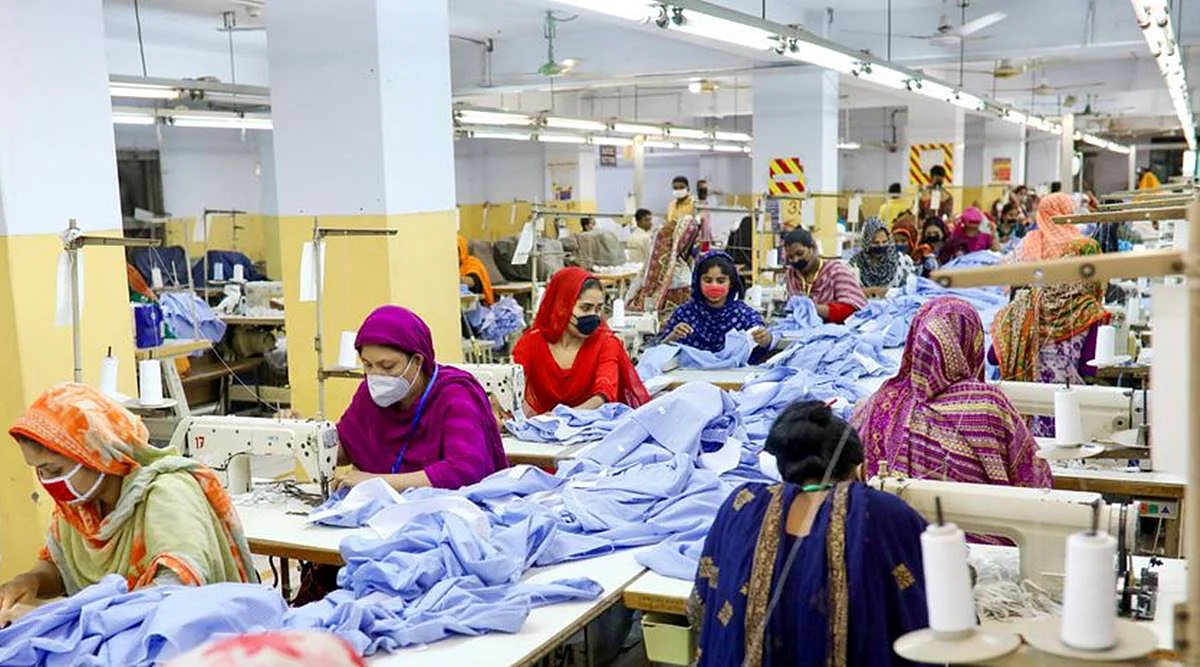It is now fashionable for analysts to debate whether we are heading for stagflation. The term stagflation is scary and hence raises a lot of interest. This has been spoken of in both the global and Indian contexts which makes it universal. There are official declarations which state that India is nowhere close to stagflation and hence we can sit back and relax as our economy is the best performing one. What is one to make of this?
Theoretically stagflation is a situation where there is a recession and high inflation. Hence the term stagflation is a combination of stagnation and inflation. And recession is described at a situation when GDP growth is negative for two successive quarters or more. When growth becomes negative, then there is a fallout in the form of higher unemployment as people lose their jobs when output falls as their services are not required as the cost cannot be borne by the employer.
Against this background, is there a priori reason to suspect that a recession can be around the corner? The answer is no because while growth projections are lower for FY23 compared with FY22 and could range from 6.5 per cent to 7.5 per cent, no one is talking of negative growth for certain. In fact the only time we had negative growth was during the lockdown when activity was not permitted and negative numbers were registered. There is no case for one to suspect that there will be a recession in India.
The inflation issue however is debatable because going by the CPI rate it is around 7 per cent while it is in the 15 per cent range as per the WPI. Therefore there is some discrepancy here. The 15 per cent WPI number comes against the background of a high number last year and hence needs to be looked at closely. Historically we have never had such a high number of inflation except during the first and second oil shocks when it was 25.2 per cent in FY75 and then again 17.1 per cent and 18.2 per cent respectively in FY80 and FY81. Double digit WPI inflation haunted us just around the time of economic reforms for the period FY91-FY95. Therefore inflation going by the WPI is real and a concern.
In case of the CPI inflation number the picture is different as the yardsticks change. The MPC has a target of 4 per cent with a 2 per cent band on either side which means that up to 6 per cent is tolerable. The index in use which has 2012 as base year started off with inflation of above 6 per cent till FY15 for 3 years before coming down for the next 4 years. However, in the last three years inflation was 6 per cent, 7.3 per cent and 5.5 per cent respectively. Against this background an average of 7.5 per cent for the first two months of the year does indicate there are pressures.
In the western world one could take into account the employment situation. In India data is fairly shaky. The CMIE data shows the rate of unemployment to be 7.1 per cent for May, while the Labour Ministry’s urban unemployment rate for the March quarter of the year is 8.2 per cent. The annual data for 2020-21 (July-June) at the national level was just 4.2 per cent. Hence it is hard to really figure out the unemployment situation in the country.
Therefore the situation in India can be summarised as the following. There are possibilities of GDP growth rate slowing down from 8.7 per cent in FY22 to a lower range of a little above 7 per cent. This is a setback though not a blow as it will be coming over a rather high base number. The positive thing is that so far this year, the early indicators on say PMI (M), PMI (S), GST collections, eWay bills drawn, IIP and core sector growth (for one month), exports, have been robust. This is significant because the period March-May is the time when the economy would have been affected the most due to the fallout of the war. If we have weathered the storm satisfactorily, then it is an achievement.
Inflation remains a challenge because one really does not know when it will come down. The RBI has increased rates and will continue to do so to quell demand side forces. The government has cut taxes on fuel and also ensured the oil marketing companies do not increase their price (thus making losses presently) to protect the consumer from higher inflation. But it will be high for sure and remain above the 6 per cent mark on an average basis for the year and the most optimistic forecast would be 6.5 per cent (Bank of Baroda). But is this high to qualify as hyperinflation? The answer is not really, but the other index, WPI, is ominous which will be in double digits for sure. This is inescapable. As the composition of this index is different from the CPI, even while CPI may come down, the WPI will be guided more by movement in global commodity prices.
Employment is the crux and the truth about job creation will surface once the festival season begins. If households spend more, then it will mean the situation is under control. If not, then it has to be accepted that job creation is sluggish – though admittedly high inflation does pull down discretionary spending.
A broad rule of thumb can be: less than 6 per cent GDP growth, above 8 per cent CPI inflation and unemployment rate of above 8 per cent can be danger thresholds. We are far from these numbers, though one can never tell for certain. The discussion will go on.
Madan Sabnavis is Chief Economist, Bank of Baroda, and author of Lockdown Or Economic Destruction? Views expressed are personal






